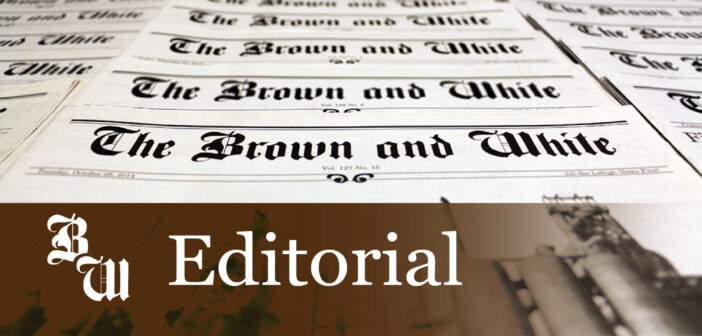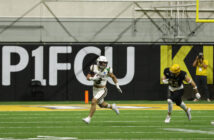In an era when news is available around the clock, it’s surprising and unfortunate how many people lack the skills to interpret it accurately.
With information from more sources that are readily available at our fingertips, distinguishing fact from fiction has become a formidable challenge.
Media literacy — the ability to critically engage with and understand the media we consume — has become an essential skill.
However, it remains largely neglected in our educational systems.
A national study by Media Literacy Now found that only 42% of respondents learned to analyze science news in high school, and only 38% learned how to analyze media messaging. This shortfall not only affects how we interpret the news but shapes our understanding of reality.
Are we equipping people, especially young adults, to navigate today’s media landscape responsibly? We don’t think so.
The truth is that most people, including many college-educated people and even some that study journalism and communications are not media literate.
This gap in media education means that people consume information without understanding the inherent biases or structural processes that shape it.
The lack of media literacy goes deeper than just failing to identify “fake news” or editorialized content. It also encompasses the limited ability to understand where to source reliable information and how to interpret it in an unbiased way.
People are left to navigate a world filled with news outlets that often lean left or right, leaving objectivity as an ideal rather than a consistent practice. And without the education and tools to make those distinctions, we can’t fault people for falling for false or biased information they read online or in print.
Take, for example, the fear some people have of being interviewed, even about harmless topics. Many worry “the media” — some big scary monolith — will twist their words or portray them unfairly.
This reveals a deep mistrust in the system, and in some cases, this wariness is warranted.
Inconsistent reporting standards, the blurring of news and opinion, and click-driven sensationalism have weakened public trust in the media.
Another part of the issue lies in how little the general public understands how news is produced.
One major question here is whether the responsibility for media literacy lies with media outlets themselves or with the public. Should it be up to journalists to educate their readers on how news is reported, or is it up to readers to seek out this knowledge?
The answer is likely a bit of both.
Though our stories go through an extensive editing and fact-checking process, we admit there are times when misunderstandings, miscommunications and misinterpretations lead to inaccurate information slipping through the cracks.
And while journalists like us are responsible for transparent, fact-based reporting, the public needs foundational media literacy skills to interpret that information responsibly and look for embedded links or corroborating stories instead of taking what they read at face value.
Reading the news critically is a skill that could be introduced as early as middle or high school and cemented in college. But it isn’t.
If students learn early to assess sources, recognize bias and differentiate between reporting and commentary, these skills will serve them throughout their lives.
The urgency of media literacy education is underscored by the fact that for most adults, media becomes their main source of information once their formal education ends.
If we truly want a well-informed society, we need to address this gap urgently.
In a world where anyone can publish and reach millions, media literacy is not optional.
It’s time to make understanding the news as essential as reading it.
Only then can we empower people to navigate the news confidently, discerning truth and hard facts amid a sea of potentially biased or false information.






Comment policy
Comments posted to The Brown and White website are reviewed by a moderator before being approved. Incendiary speech or harassing language, including comments targeted at individuals, may be deemed unacceptable and not published. Spam and other soliciting will also be declined.
The Brown and White also reserves the right to not publish entirely anonymous comments.